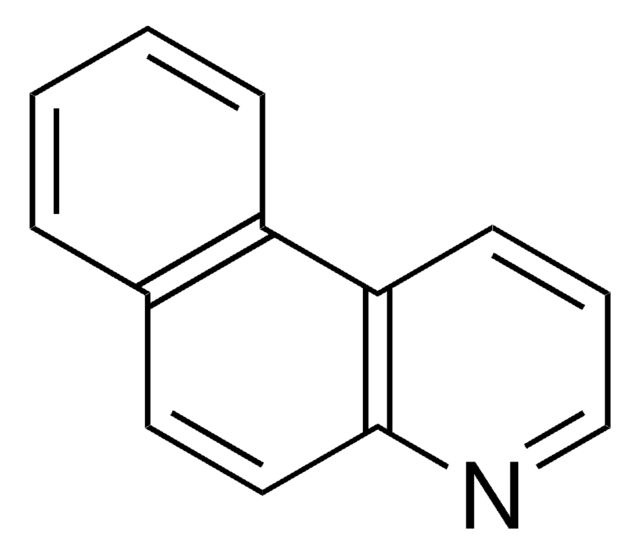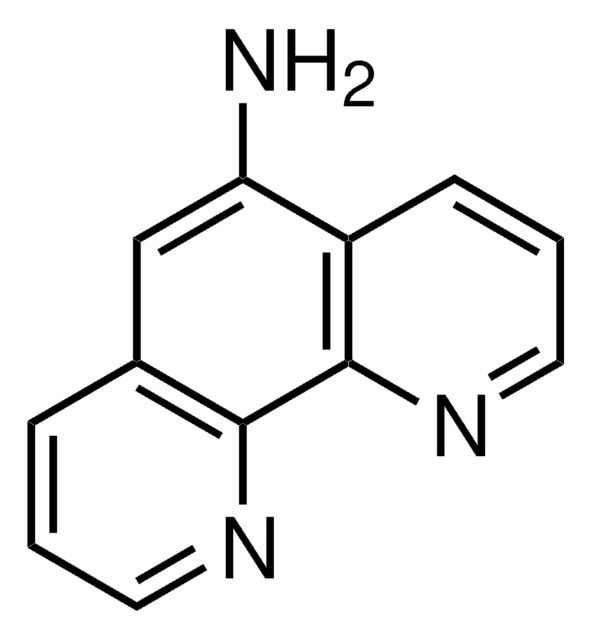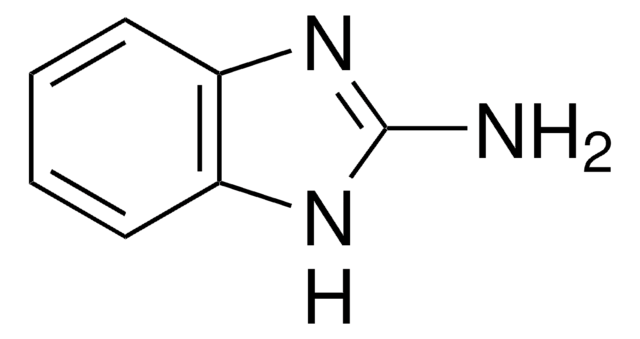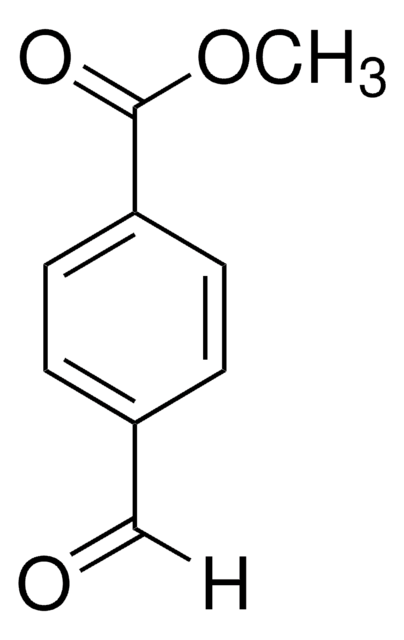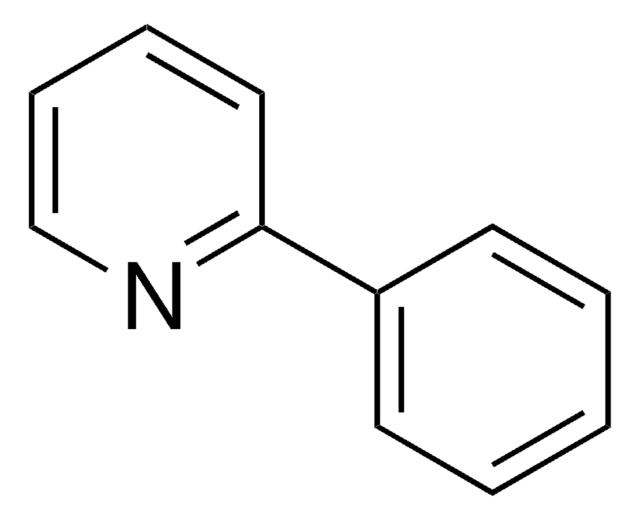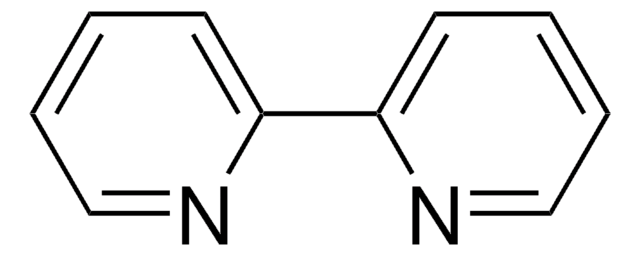301841
1,7-Phenanthroline
99%
Iniciar sesiónpara Ver la Fijación de precios por contrato y de la organización
About This Item
Fórmula empírica (notación de Hill):
C12H8N2
Número de CAS:
Peso molecular:
180.21
Número MDL:
Código UNSPSC:
12352100
ID de la sustancia en PubChem:
NACRES:
NA.22
Productos recomendados
Nivel de calidad
Ensayo
99%
Formulario
solid
mp
79-81 °C (lit.)
cadena SMILES
c1cnc2c(c1)ccc3ncccc23
InChI
1S/C12H8N2/c1-3-9-5-6-11-10(4-2-7-13-11)12(9)14-8-1/h1-8H
Clave InChI
OZKOMUDCMCEDTM-UHFFFAOYSA-N
Categorías relacionadas
Descripción general
1,7-Phenanthroline has inhibitory effect on germination and growth of plants. 1,7-Phenanthroline is an aza-analog of phenanthrene, was found to be mutagenic in the Ames test using Salmonella typhimurium TA100 in the presence of a rat liver S9 fraction. Supramolecular assemblies of 1,2,4,5-benzenetetracarboxylic acid with 1,7-phenanthroline (aza donor molecule) were investigated.
Palabra de señalización
Danger
Frases de peligro
Consejos de prudencia
Clasificaciones de peligro
Acute Tox. 3 Oral - Aquatic Acute 1 - Aquatic Chronic 1 - Eye Dam. 1
Código de clase de almacenamiento
6.1C - Combustible acute toxic Cat.3 / toxic compounds or compounds which causing chronic effects
Clase de riesgo para el agua (WGK)
WGK 3
Punto de inflamabilidad (°F)
Not applicable
Punto de inflamabilidad (°C)
Not applicable
Equipo de protección personal
dust mask type N95 (US), Eyeshields, Faceshields, Gloves
Elija entre una de las versiones más recientes:
¿Ya tiene este producto?
Encuentre la documentación para los productos que ha comprado recientemente en la Biblioteca de documentos.
Los clientes también vieron
Veronika Paková et al.
Environmental toxicology and chemistry, 25(12), 3238-3245 (2007-01-16)
N-heterocyclic derivatives of polycyclic aromatic hydrocarbons (NPAHs) are widespread concomitantly with their parent analogues and have been detected in air, water, sediments, and soil. Although they were shown to be highly toxic to some organisms, our understanding of their occurrence
Davide Palma et al.
Materials (Basel, Switzerland), 11(7) (2018-06-29)
The exploitation of organic waste as a source of bio-based substances to be used in environmental applications is gaining increasing interest. In the present research, compost-derived bio-based substances (BBS-Cs) were used to prepare hybrid magnetic nanoparticles (HMNPs) to be tested
Martin Saurer et al.
Science (New York, N.Y.), 365(6458), 1144-1149 (2019-09-14)
Mitochondrial ribosomes (mitoribosomes) are large ribonucleoprotein complexes that synthesize proteins encoded by the mitochondrial genome. An extensive cellular machinery responsible for ribosome assembly has been described only for eukaryotic cytosolic ribosomes. Here we report that the assembly of the small
Wei Xiao et al.
Environmental science & technology, 52(1), 114-123 (2017-12-06)
Iron (oxyhydr)oxides are widespread in natural and engineered systems, potent adsorbents of contaminants and a source of energy for iron-reducing bacteria. Microbial reduction of iron (oxyhydr)oxides results in the formation of Fe(II) which can induce the transformation of these iron
Suyang Tian et al.
Journal of food and drug analysis, 25(4), 766-775 (2017-10-11)
In this study, polysaccharides from Angelica sinensis were extracted using the ultrasound-assisted extraction method. Based on the results of single factor experiments and orthogonal tests, three independent variables-water/raw material ratio, ultrasound time, and ultrasound power-were selected for investigation. Then, we
Nuestro equipo de científicos tiene experiencia en todas las áreas de investigación: Ciencias de la vida, Ciencia de los materiales, Síntesis química, Cromatografía, Analítica y muchas otras.
Póngase en contacto con el Servicio técnico
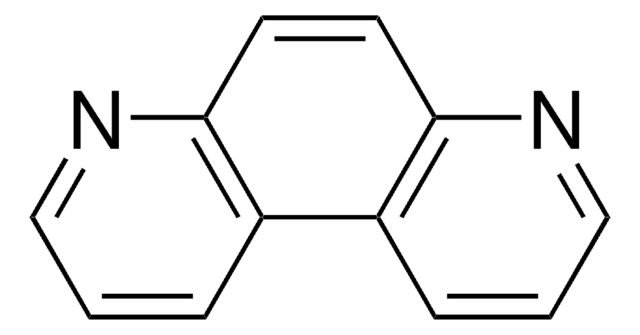
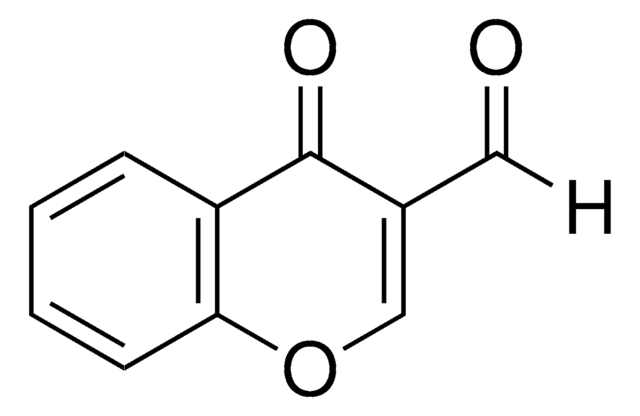
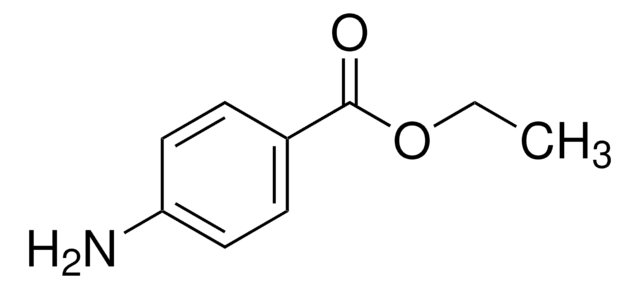
![Benzo[h]quinoline 97%](/deepweb/assets/sigmaaldrich/product/structures/344/715/928932d2-4ca4-4402-b56c-85a80100ce17/640/928932d2-4ca4-4402-b56c-85a80100ce17.png)
